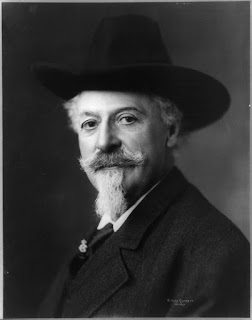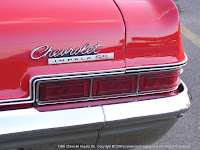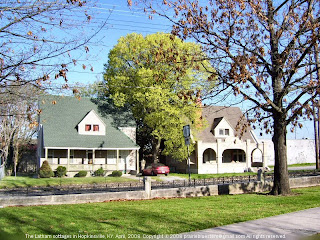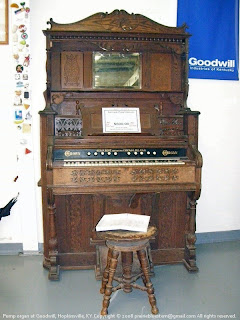Buffalo Bill's description of a genuine blizzard
 In Buffalo Bill's book, True Tales of the Plains, he writes vividly of blizzards on the American plains. I'm not sure whether Buffalo Bill (William Frederick Cody, 1846-1917) wrote these words himself or if someone ghostwrote them, but it doesn't really matter. The passage is quoted below. As editor, I've divided the long paragraphs, left out a couple of sentences, and added some headings to make it easier to read.
In Buffalo Bill's book, True Tales of the Plains, he writes vividly of blizzards on the American plains. I'm not sure whether Buffalo Bill (William Frederick Cody, 1846-1917) wrote these words himself or if someone ghostwrote them, but it doesn't really matter. The passage is quoted below. As editor, I've divided the long paragraphs, left out a couple of sentences, and added some headings to make it easier to read. _ _ _ _ _ _ _ _ _ _
I have had many experiences with genuine blizzards — a combination of snow-storm, cyclone and tornado — that sweeps from the Arctics down the American plains, even to the Rio Grande, in which neighborhood it receives the appropriate cognomen, the Norther...
Characteristics of a blizzardA blizzard occurs at a time of winter when several previous snow-storms have left the earth covered with deep snow, when the new storm, driven with cyclonic force, is not only in the air, but the deeply bedded covering is agitated into mingling with cutting force, thus making the heavens and the earth both contribute to the conditions that inspire such confusion and terror.
The force of the wind, blowing at the rate of from fifty to eighty miles an hour, breaks up the snowflakes into an almost infinitesimal fineness, and this is driven through space at incredible speed, looking almost like a solid mass. So thick does it become, that no object can be seen half a dozen feet away, and, at the same time, the noise made by the rushing winds prevents the voice of the strongest-lunged being heard beyond half a score of steps.
This fine snow blown in the face succeeds in a very few moments in blinding the one caught in it, and he is only able to struggle forward, impotent to aid himself, except by locomotion, until either guided by instinct or accident he stumbles into safety, or goes down in utter physical exhaustion to despair, sleep and, perhaps, eternal oblivion.
How blizzards strikeThese storms "sneak up" on the world as though they were some sort of Nemesis, following only to destroy. The morning before a blizzard is generally of the bright kind that inspires one to get about and be doing something. Farmers start for the towns to do their trading, ranchmen and shepherds ride out long distances to visit their corrals or sheepfolds. Later in the day, light clouds gather and obscure the sun, while a gentle fall of snow warrants no fear for the moment.
But gradually the clouds grow blacker, the storm increases rapidly, and before shelter can be reached the blizzard is on with all its fierceness and destructiveness to life and property. The temperature grows colder, and 20 to 50 degrees below zero is often recorded...
Why they're called blizzardsSingular to relate, the word "blizzard," though familiarized as an application to these peculiar storms in the West, must have been brought there by some ancient mariner or ex-man-of-war's-man, who recognized its descriptive availability when the old sea-dog struck this Arctic cyclone. The word "blizzard" was originally used as a sailor's substitute for broadside, to define the difference from a simultaneous broadside fire, to designate a continuous rain or hail in firing from the ship. It was about the year 1806 when it was first used as a descriptive term to apply to the fierce storms of our West and Northwest.
No other country or other place seems to be able to get up such a conflict in nature as to cause her to show her power in this chilling manner. About the best method of describing one of these atmospherical disturbances is to say that it is a snow-storm exaggerated some ten-thousand-fold.
- - - - - - - - - -
Quoted from pages 87-89 of True Tales of the Plains, by Buffalo Bill (1846-1917). This book was published in 1908 by the Cupples & Leon Company of New York. The photograph of Buffalo Bill is from Wikipedia.



















